Jewels of Bohemia - May 23 - June 6, 2018
(Czech Republic, Slovakia, Hungary)
Part Three, Hungary
Page Seven -
Gyor and Budapest
Following
centuries of successive habitation by Celts, Romans, Germanic
people, West Slavs, Avars, and the Huns, the foundation of Hungary
was laid in the late 9th century by an Hungarian grand prince in the
conquest of the Carpathian Basin. His great grandson Stephen I ascented
the throne in 1000, converting the country to a Christian kingdom. By
the 12th century, Hungary became a middle power in the western world,
reaching a golden age in the 15th century. After the Battle of Mohacs in
1526 and about 150 years of partial Ottoman occupation, Hungary came
under Hapsburg rule, and later formed the great power Austro-Hungarian
Empire together with Austria. Hungary's current borders were established
in 1920 by the Treaty of Trianon after WWI, when the country lost 71%
of its territory, 58% of its population, and 32% of ethnic Hungarians. After
the period between WWI and WWII, Hungary joined the Axis powers in WWII.
It became a satellite state of the Soviet Union from 1949-1989. In 1956, there
was a nationwide revolt against the Marxist-Leninist government and its
Soviet Union imposed policies.
The Soviet Union sent tanks and troops to crush the revolt.
In October 1989
Hungary became a democratic parliamentary republic. It has
a universal health care system and a tuition free university education. It ranks
20th in quality of life. It joined the European Union in 2004.
It is a landlocked country that borders 7 countries:
Austria to the northwest,
Slovenia to the west, Croatia to the southwest, Serbia to the south, Romania
to the east, Ukraine to the northeast; and Slovakia directly to the north.
Population: 9,897,541 (estimate); Religion:
Roman Catholic 37.2%, Calvinist 11.6%, Lutheran 2.2%, Greek Catholic 1.8%,
other 1.9%, none 18.2%, unspecified 27.2%
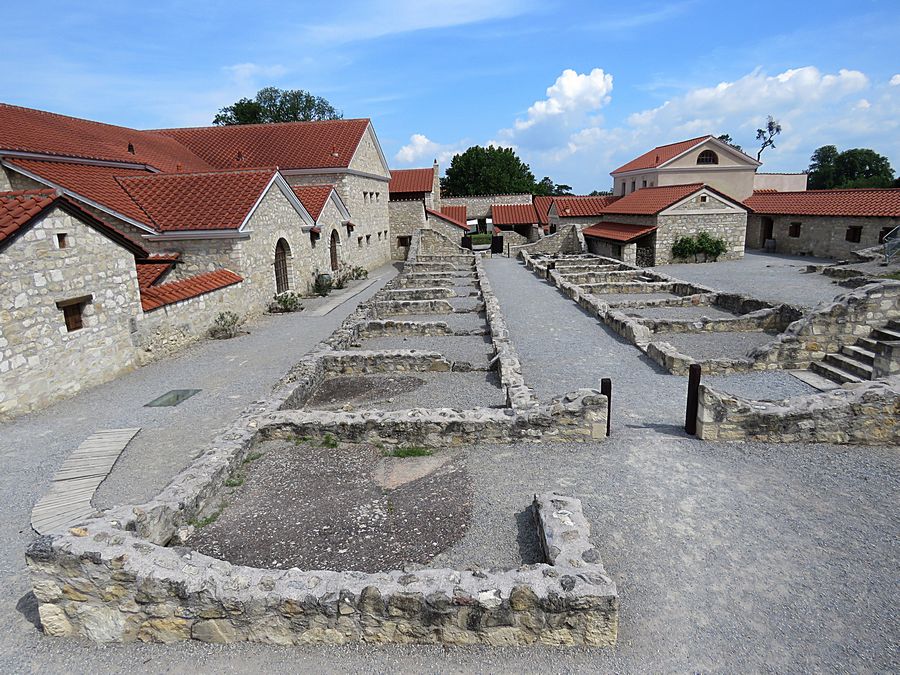
On our way to Budapest, we stopped at the ancient Roman city of Carnuntum, that
began as a Roman army camp along the Danube River, in what is now Austria.
At its peak, about 50,000 people lived there. It is currently being re-created based on
archaeological discoveries.
Carnuntum first occurs in history during the reign of Augustus (6 AD),
when Tiberius made it his base of operations as a Roman fort.
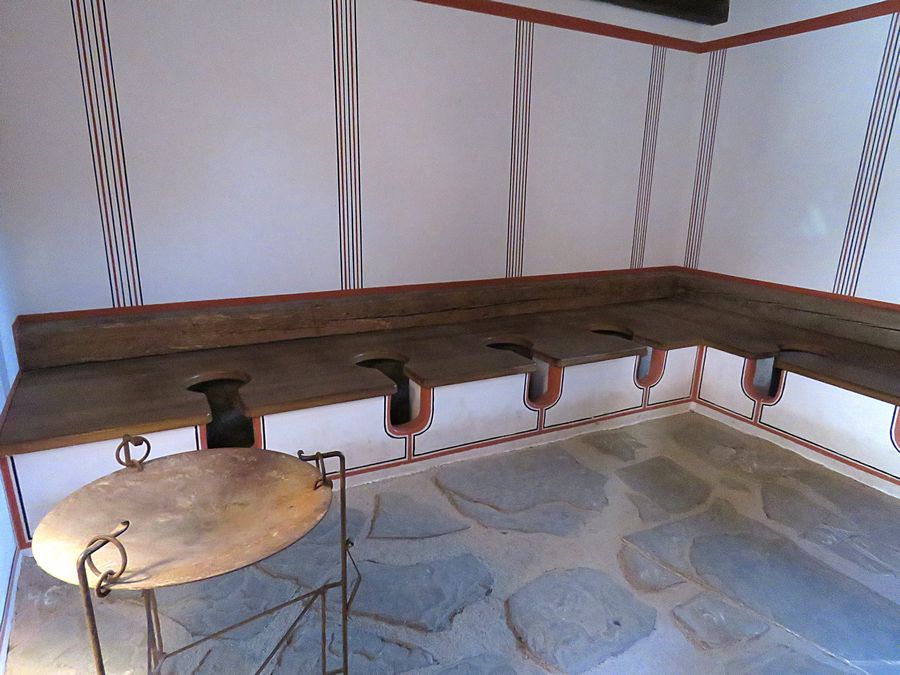
Roman latrine at Carnuntum
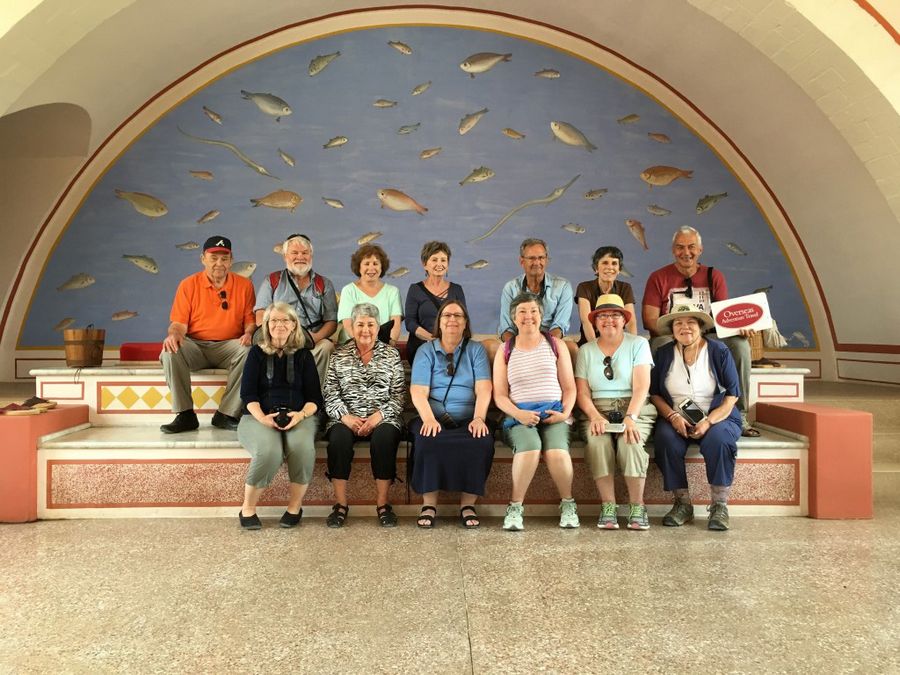
The tour group at a re-creation of a Roman bath

Also on our way to Budapest, in northwestern Hungary
we stopped for lunch in Gyor.
This ancient city dates back to the 5th century,
where the first large settlement were Celts.
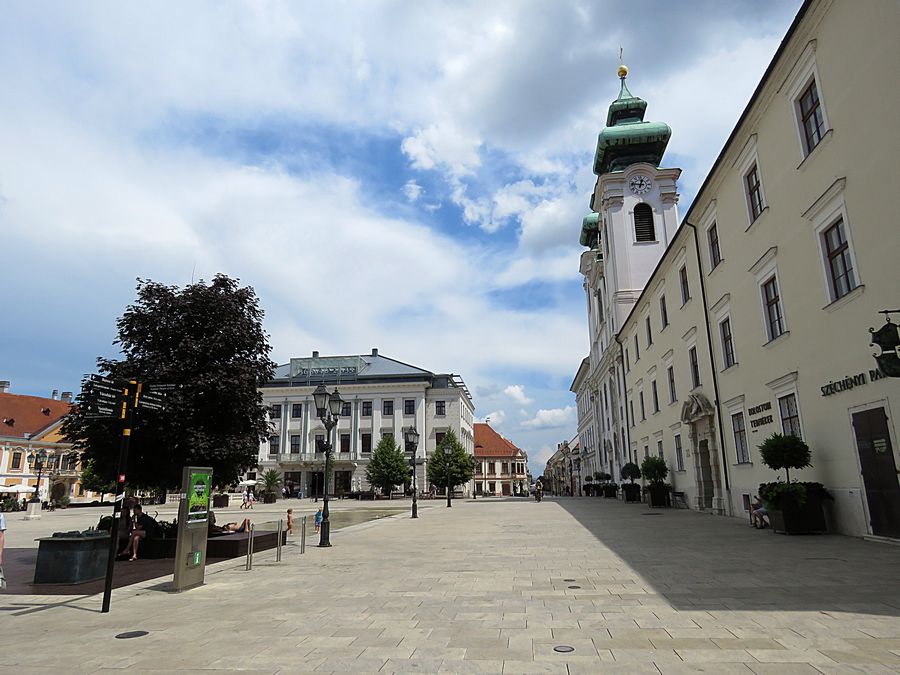
Main square in Gyor
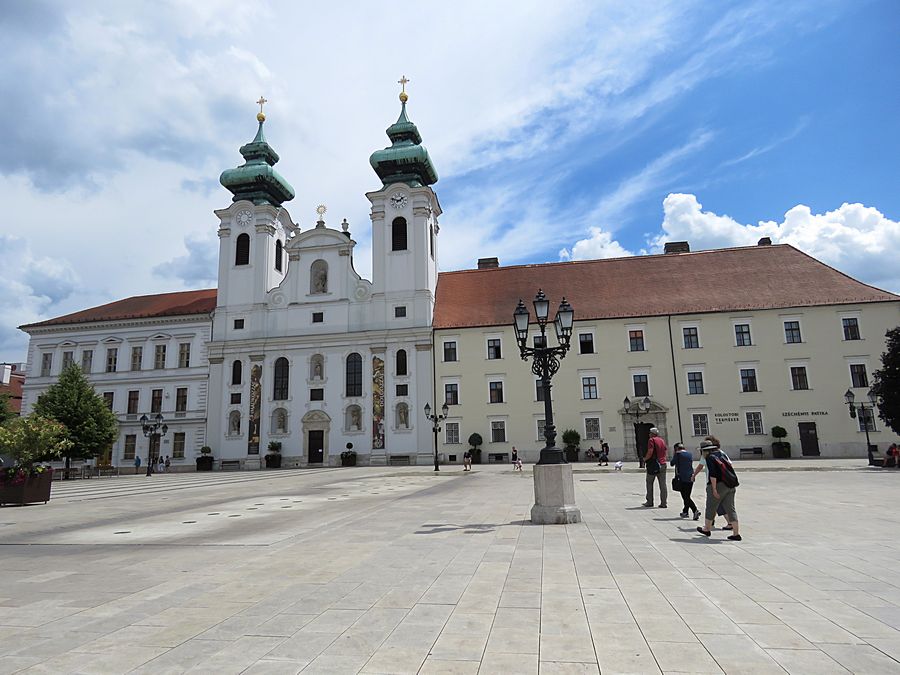
Szechenyi Square with Saint Ignace Church in Gyor
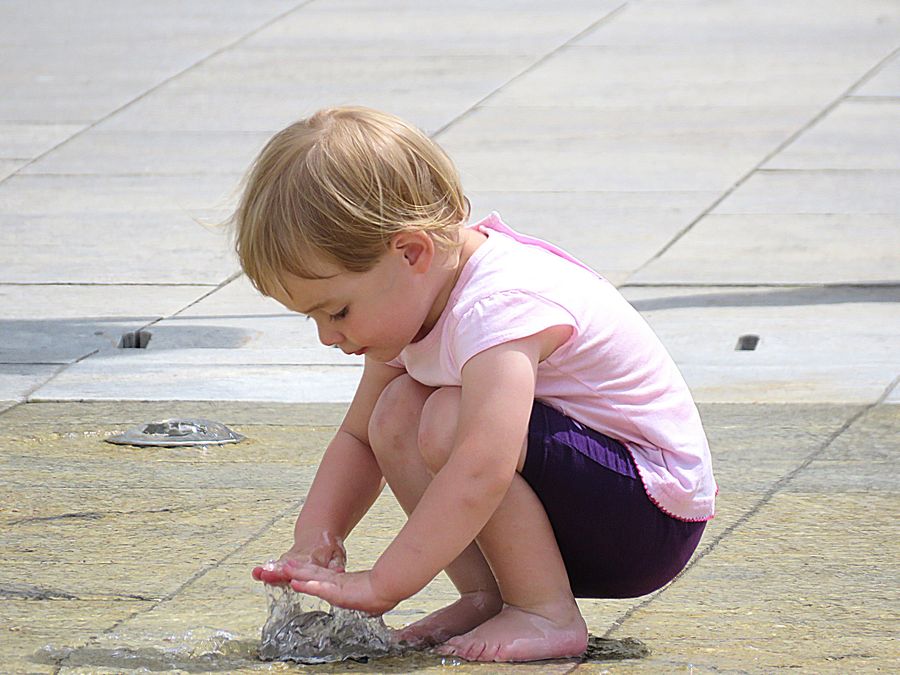
Child playing at a pop-up fountain in
front of St. Ignace Church in Gyor
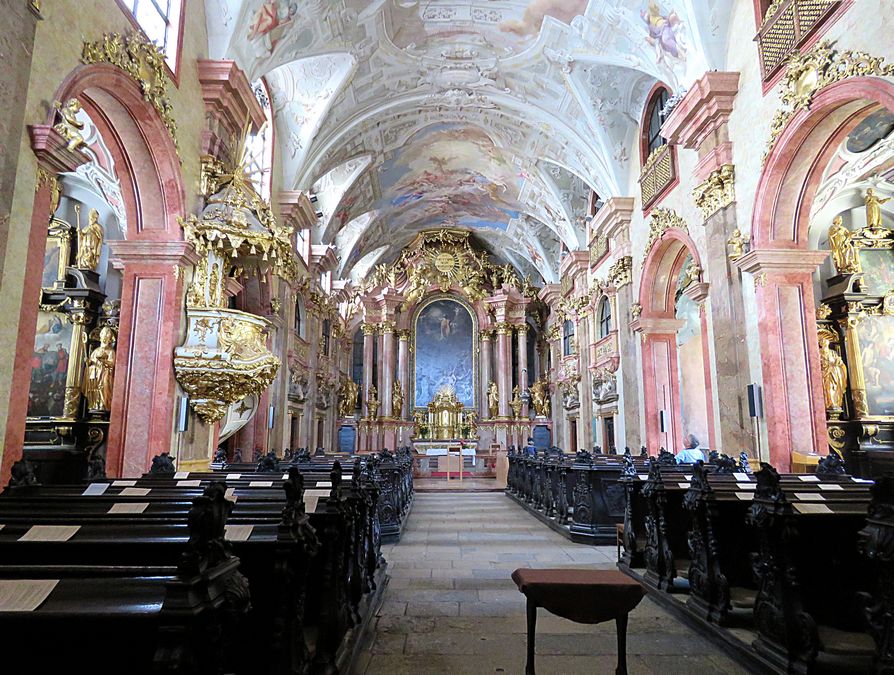
Inside St. Ignace Church
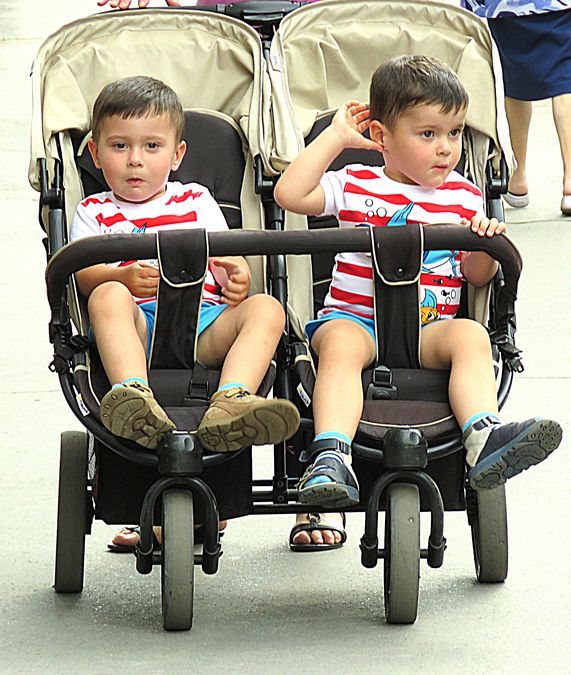
In Gyor. These local kids must be twins.
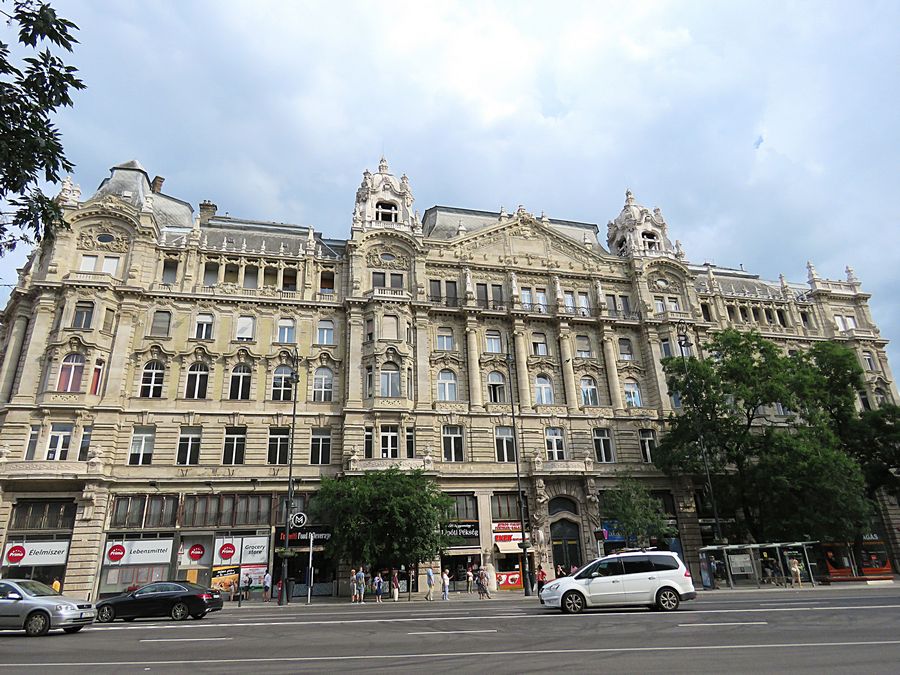
In Budapest, Hungary, old building
down the street from where we were staying.
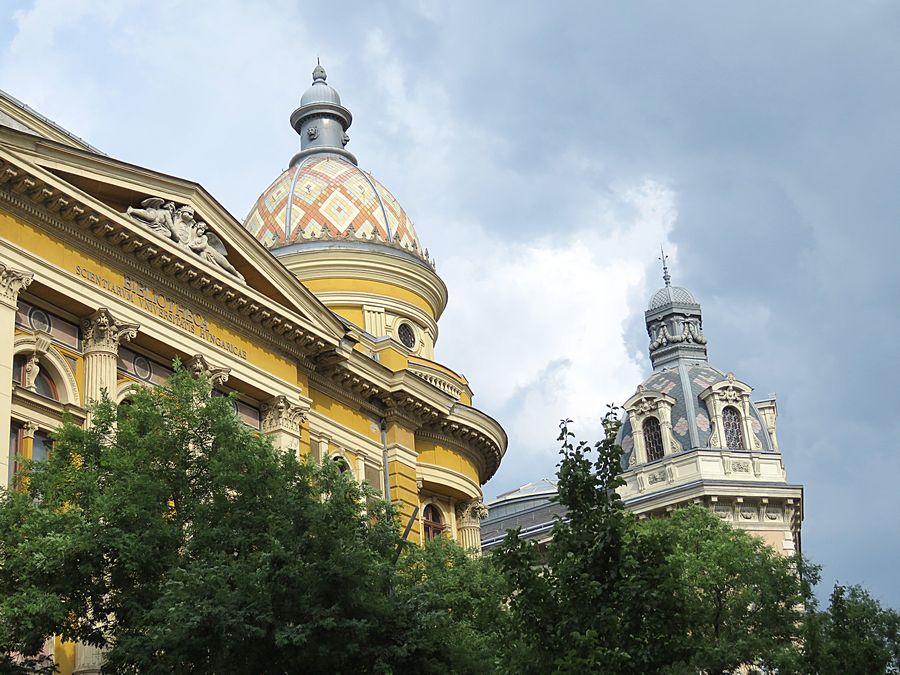
Budapest is the capital and the most populous city of
Hungary, and the tenth-largest city in
the European Union by population within city limits.
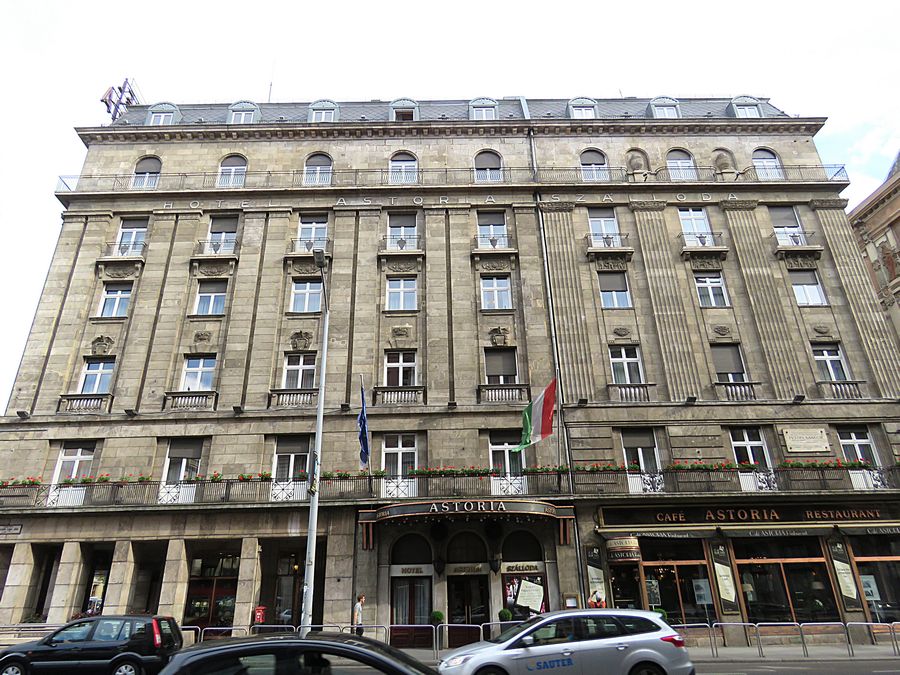
Our hotel in Budapest. The city is ranked as the second fastest-developing
urban economy in Europe.
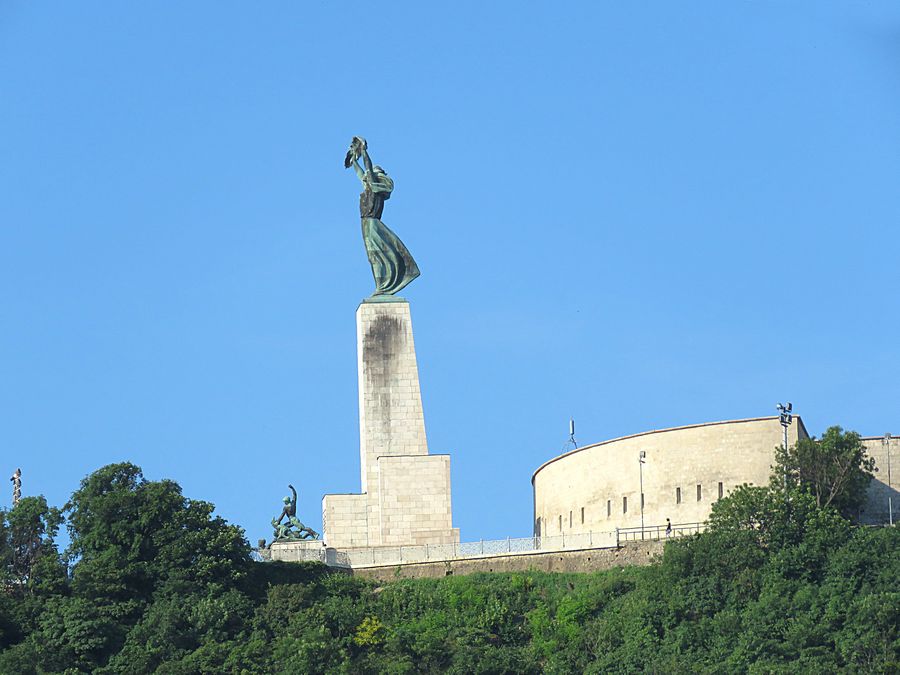
The Liberty Statue or Freedom Statue - a monument on the Gellert Hill,
It commemorates those who sacrificed their lives for the independence, freedom,
and prosperity of Hungary. It was first erected in 1947 in remembrance of what
was then referred to as the Soviet liberation of Hungary during World War II,
which ended the occupation by Nazi Germany. Over the following years, public
sentiment toward the Soviets decreased to the point of revolution, which was
attempted and temporarily succeeded in 1956 and subsequently damaged some
portions of the monument. After the 1989 transition from communist rule to
democracy, the inscription was modified to the current one.
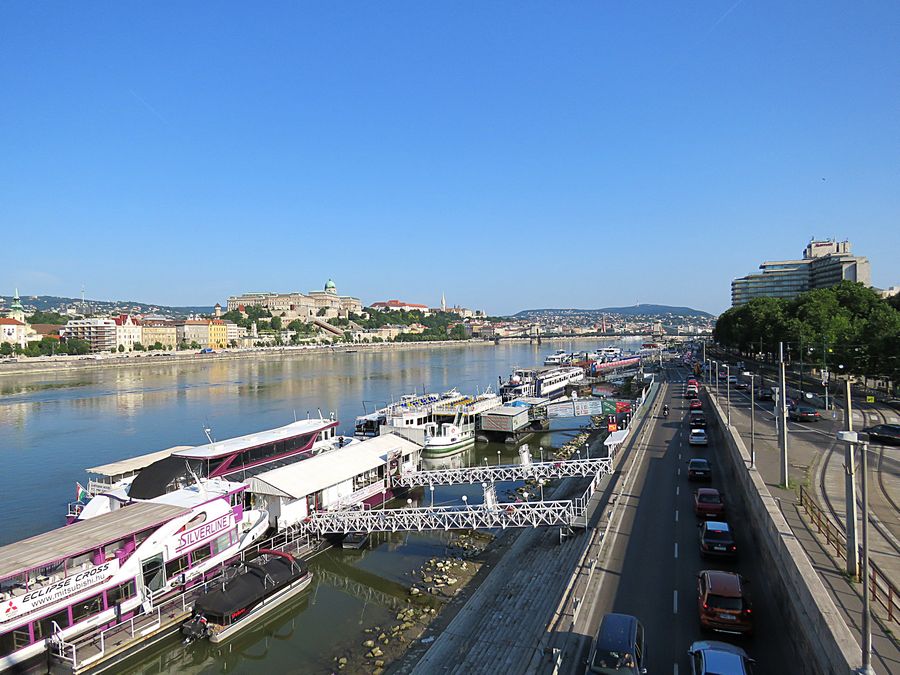
Budapest is the combination of the cities of Buda and Pest,
which, together with Obuda, united in 1873. Buda was
was built on the higher river terraces and hills of the western side of
the Danube River (left side of photo), while the considerably larger
Pest spreads out on a
flat sand plain on the river's opposite bank.
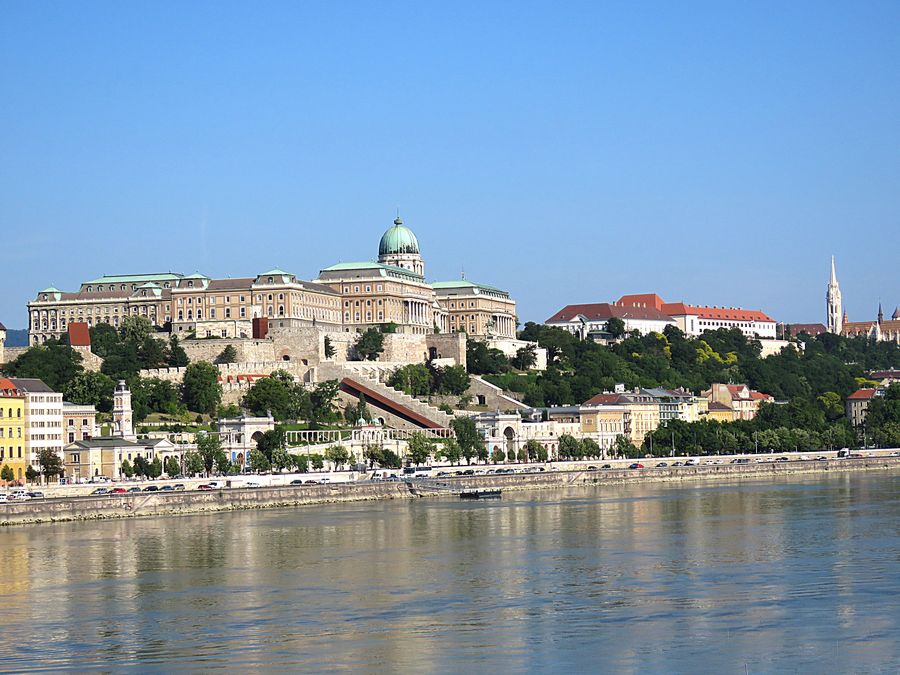
Buda Castle - the historical castle and palace complex
of the Hungarian kings in Budapest. It was
first completed in 1265, but the massive Baroque palace today
occupying most of the site was built between 1749 and 1769.
The complex in the
past was referred to as either
the Royal Palace or the Royal Castle. The castle now
houses the Hungarian National Gallery
and The Budapest History Museum.

The Szechenyi Chain Bridge - a suspension bridge that
spans the Danube River between Buda and
Pest. Buda Castle on the left
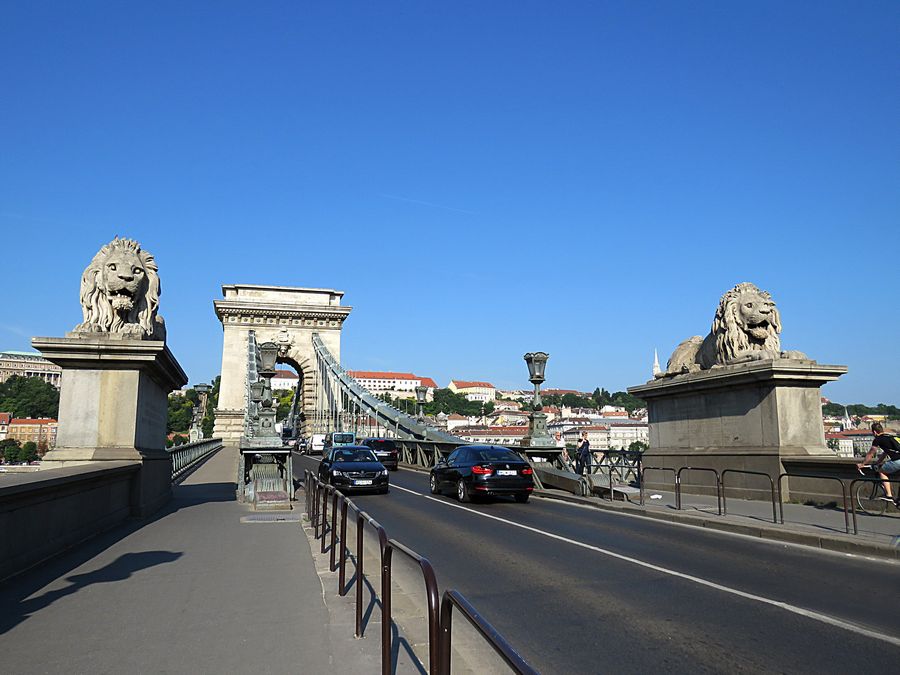
Another view of the Chain Bridge with
the protective lions on either side.
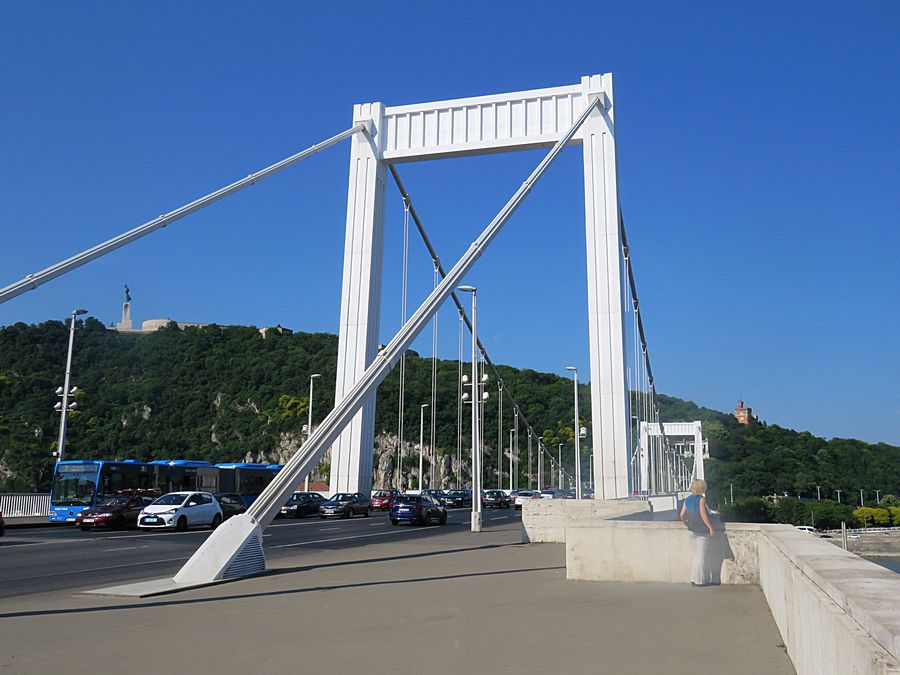
Elizabeth Bridge over the Danube River, with the Liberty Statue
on top of Gellert Hill.
This white suspension bridge was
the first new bridge to open after WWII. Walking across
it provides views of the Liberty Statue, the Danube, and Buda Castle.
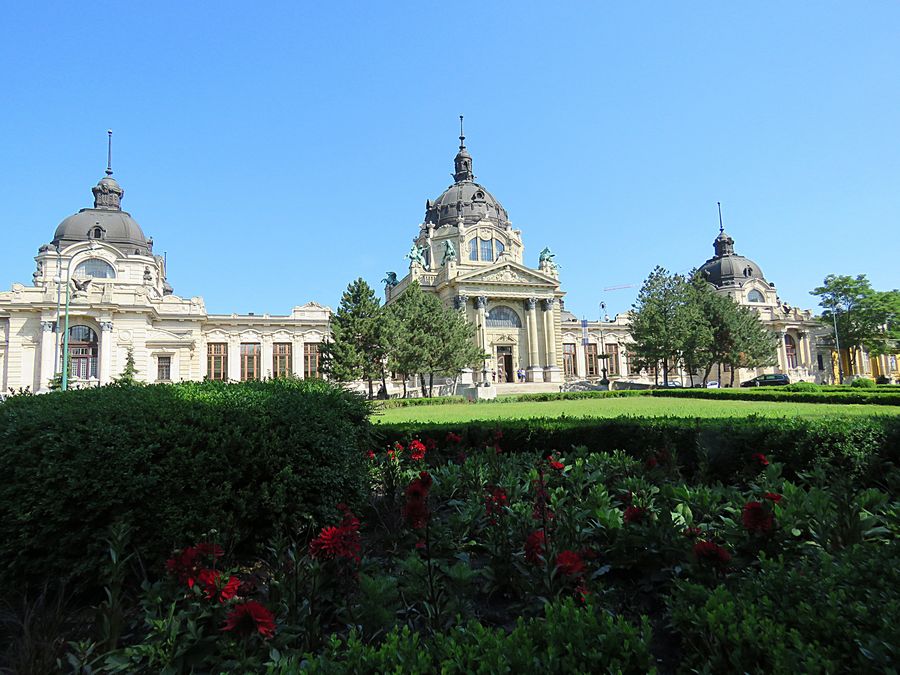
The Szechenyi Medicinal Bath in Budapest -
the largest medicinal bath in Europe.
Its water is supplied by two thermal springs.
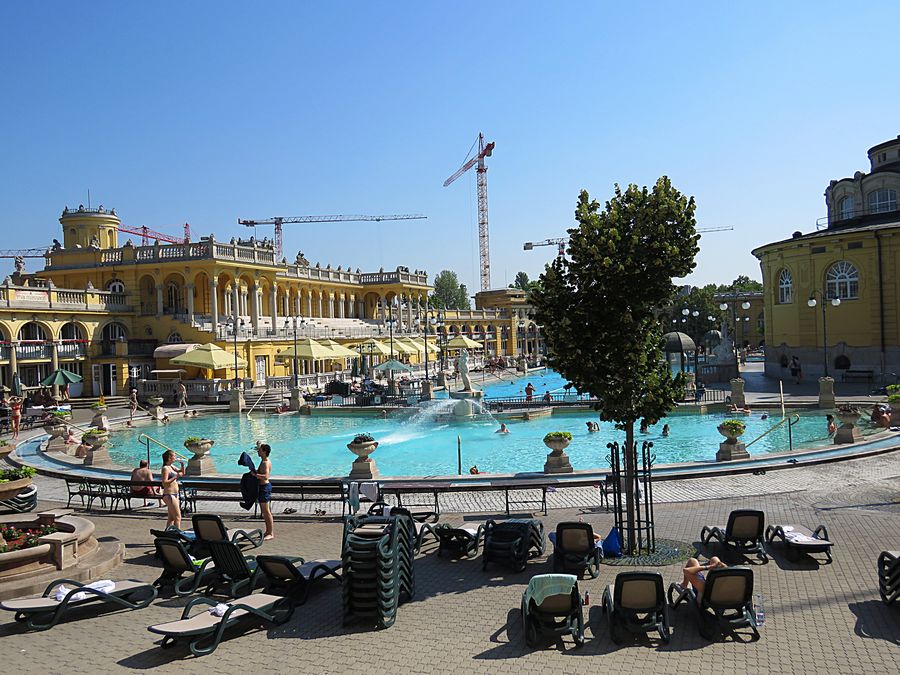
It opened in 1913.
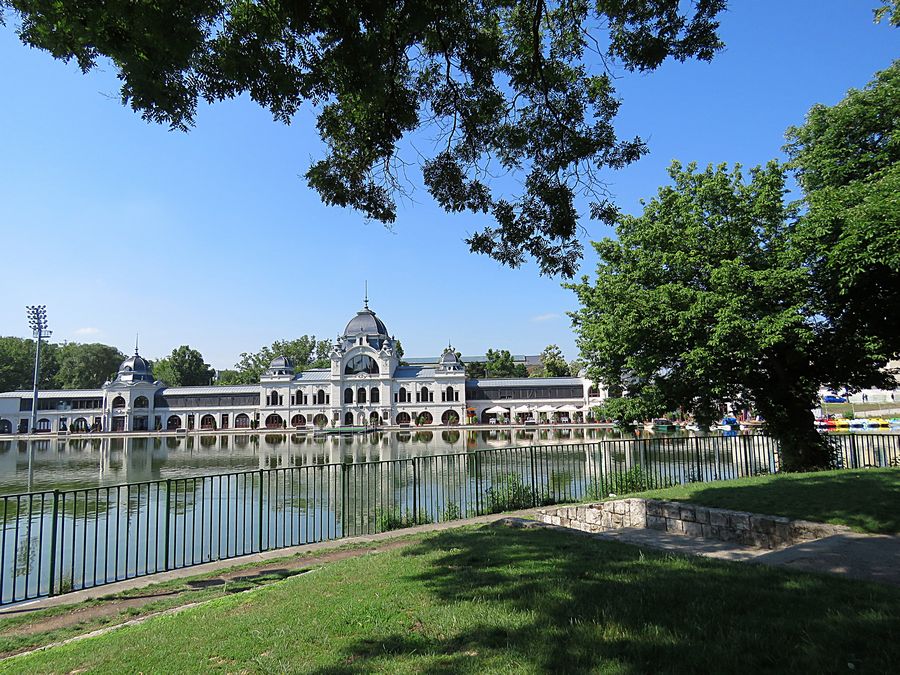
City Park in Budapest. In the winter, the lake is an ice skating rink.
Opened in 1870, it is the largest and one of the oldest ice rinks in Europe.
In summer months the area is filled up with water to create a pond, which is
primarily used for boating.

Heroes' Square - one of the major squares in Budapest,
noted for its iconic statue
complex featuring the seven chieftains
of the Magyars and other important Hungarian national
leaders, as well as the Tomb of the Unknown Soldier. The square
lies at the outbound end of Andrássy Avenue next to City Park. It
hosts the Museum
of Fine Arts. The square has played an
important part in contemporary Hungarian
history and has been a host to many political events.
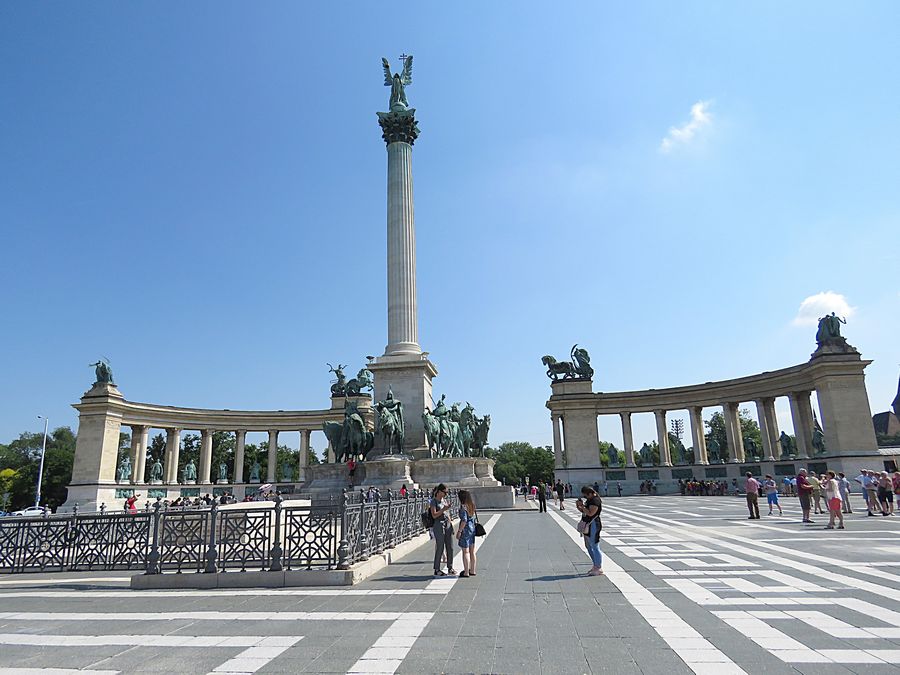
Heroes' Square from another angle
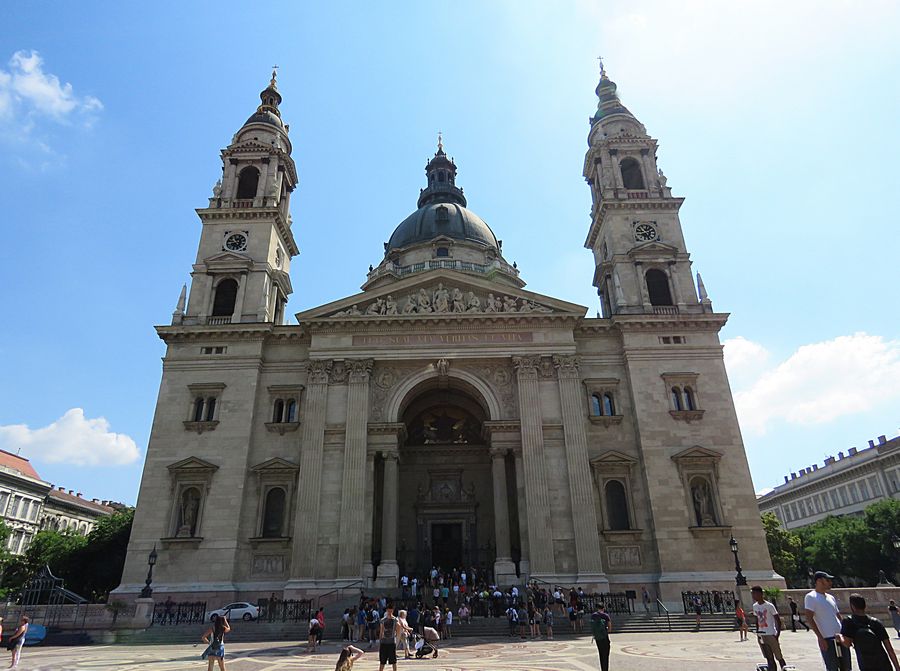
St. Stephen's Basilica - a Roman Catholic basilica
in Budapest. It is named in honor of Stephen, the
first King of Hungary (c 975–1038), whose supposed
right hand is housed inside.
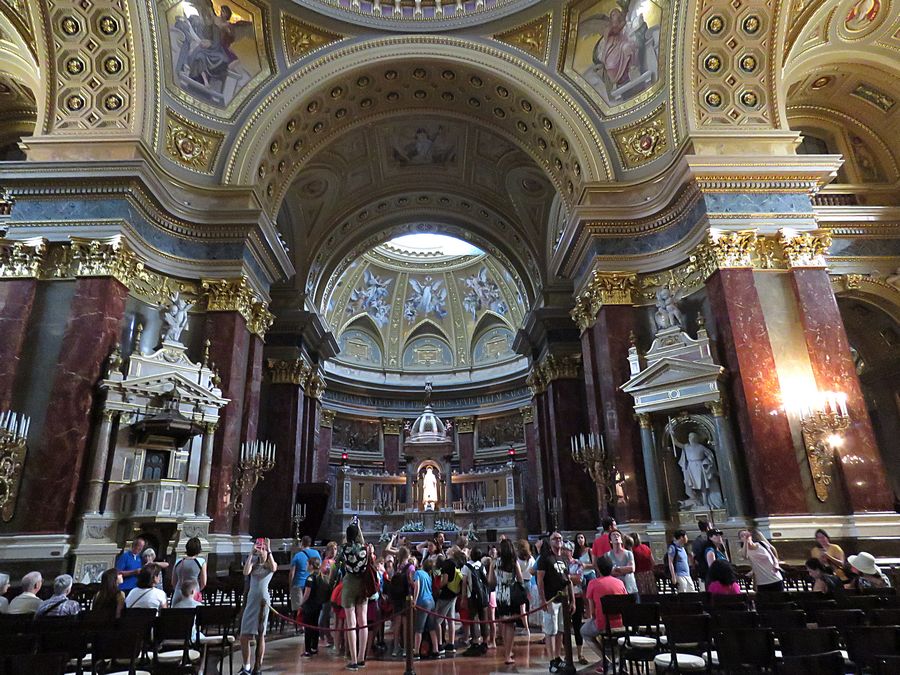
Inside St. Stephen's
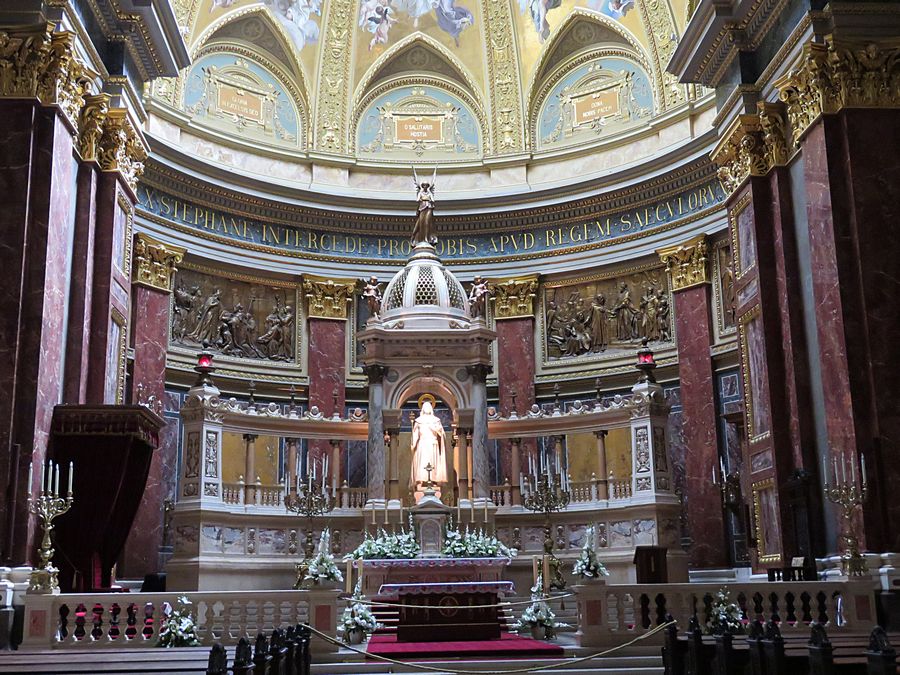
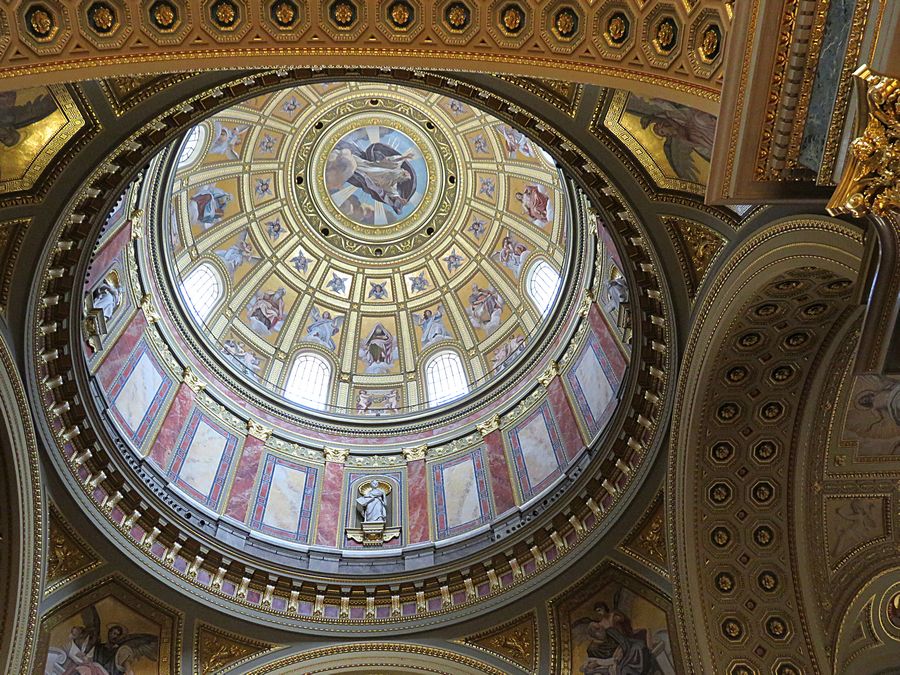
Looking up at the dome from inside St. Stephen's Basilica

The alleged mummified right hand of the church's
patron, King St. Stephen
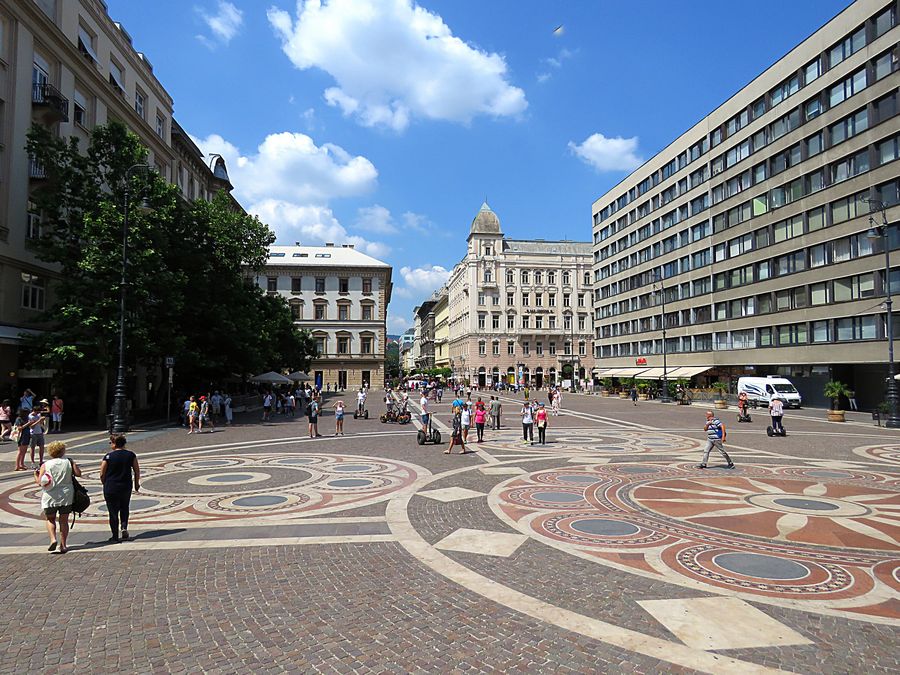
View from front of St. Stephen's
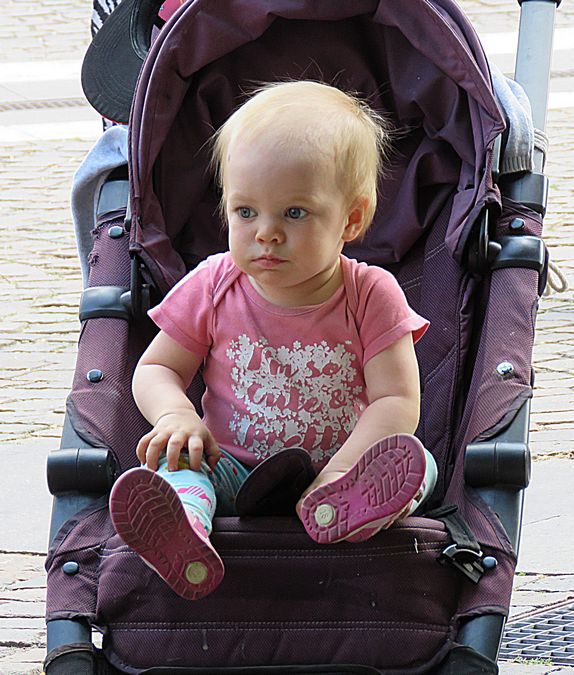
Baby in a carriage in front of St. Stephen's
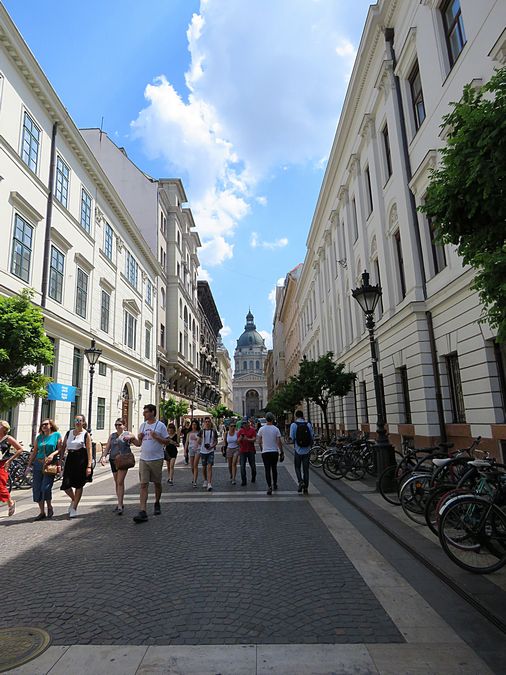
Looking back at St. Stephen's as we were walking away
Link to Page 8 - Budapest continued
Pat's Home Page